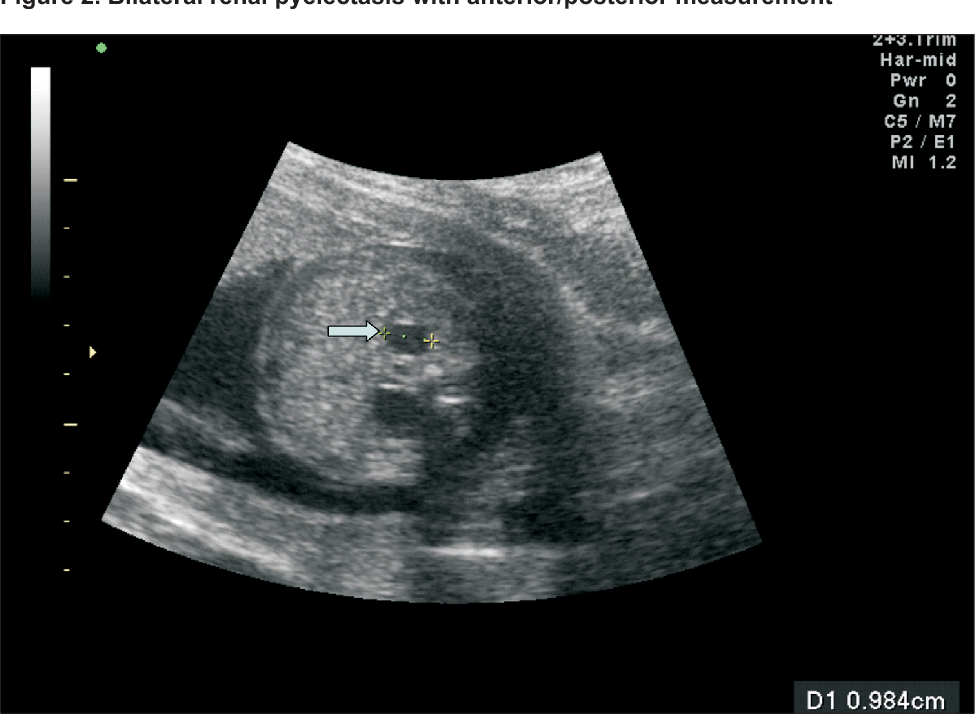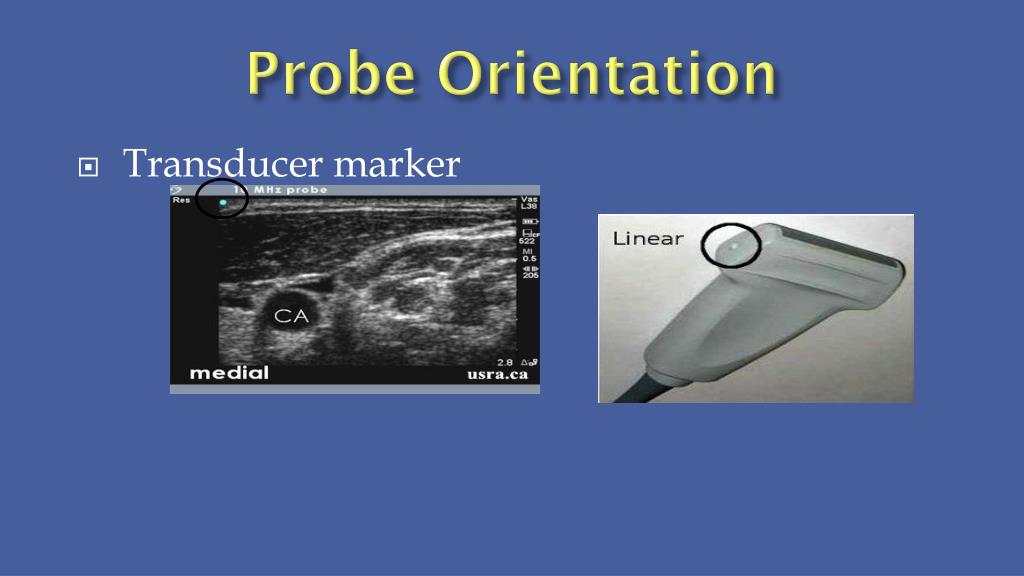


Haemodialysis patients were excluded, due to potential for excessive fluid shifts with dialysis. All subjects had to be 65 years of age or over, and were referred to one of five outpatient geriatric medicine clinics by a primary care physician (Vancouver General Hospital, Vancouver, Canada). Our design was a cross-sectional observational study. We also examined the association between MT and measures of muscle strength (grip strength) and muscle performance (gait speed) in an older adult population. The current study examined the relationship between ultrasound measures of muscle mass (vastus medialis thickness, MT) and other measures of muscle quantity (LBM and mid-arm biceps circumference, MABC). One potential solution is the use of point-of-care ultrasound (PoCUS), which is quickly becoming a standard part of the physical examination as a quick marker for both muscle mass and quality. Grip strength also has a large number of potential confounders including sedating medications, altered mental status/confusion and the constitutional weakening effects of acute illness. Other methods of measuring muscle mass, such as bioelectrical impedance analysis (BIA) have shown large inaccuracies with altered food intake, hydration, fluid distribution (such as with diuretic use) and vascular perfusion, all of which can be highly deranged in older adult patients.
#Ultrasound screen marker portable
This poses difficulties in an outpatient setting, since DXA scans are not portable and are only approved in most countries for the diagnosis of osteoporosis. Ideally, we should be broadly screening for sarcopenia so that each patient’s status is known at baseline.

The combination of acute illness and sarcopenia can be quite a devastating combination resulting in increased mortality and increased intensive care days during acute illness. This defines sarcopenia as having both low muscle mass on dual-energy X-ray absorptiometry (DXA) measures of lean body mass (LBM) and low muscle strength (grip strength). The most commonly (and most recently updated) definition of sarcopenia was developed by the European Working Group on Sarcopenia in Older People (EWGSOP). Each older adult diagnosed with sarcopenia costs the healthcare system an additional $3,000 (USD) per year, which would work out to approximately 26 billion dollars per year overall. Sarcopenic patients are three times more likely to fall over 2 years and sarcopenia is strongly established as a risk factor for both fractures and hospitalisation. The ageing process results in a gradual decline in both muscle quantity and muscle quality. This suggests that that point-of-care ultrasound could be a potential bedside marker for sarcopenia in older adults. Ultrasonic measures of muscle thickness showed strong associations with measures of both muscle mass and muscle strength. There is a need for a quick and accurate bedside screening test for this condition. Geriatric medicine, older people, point-of-care ultrasound, sarcopenia Key points


 0 kommentar(er)
0 kommentar(er)
